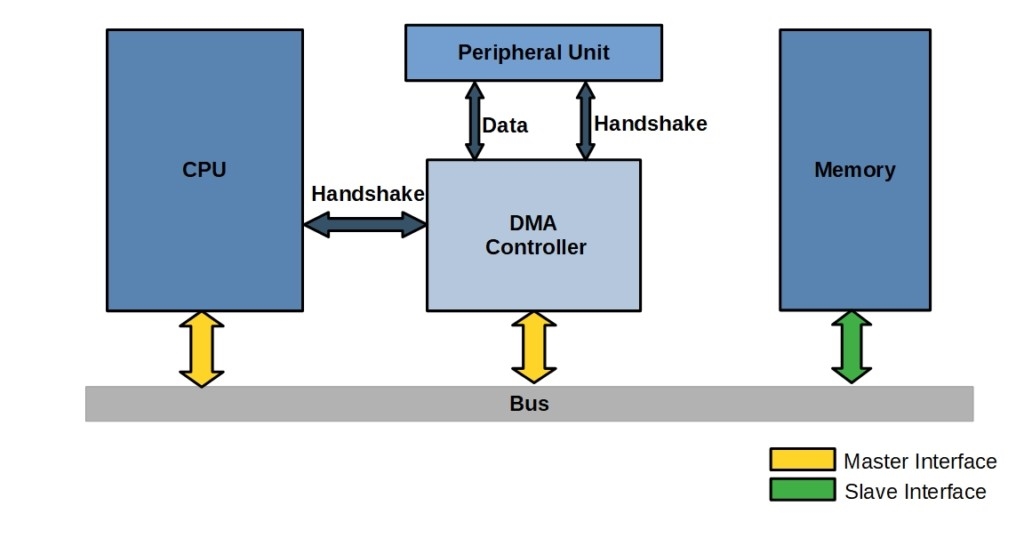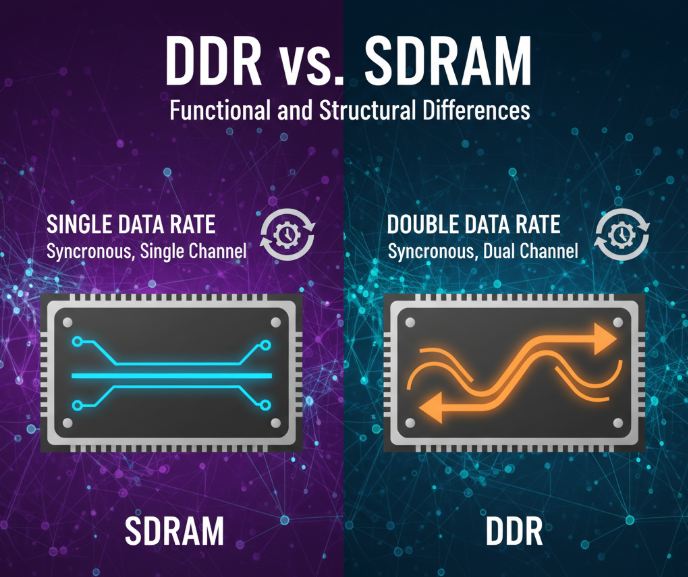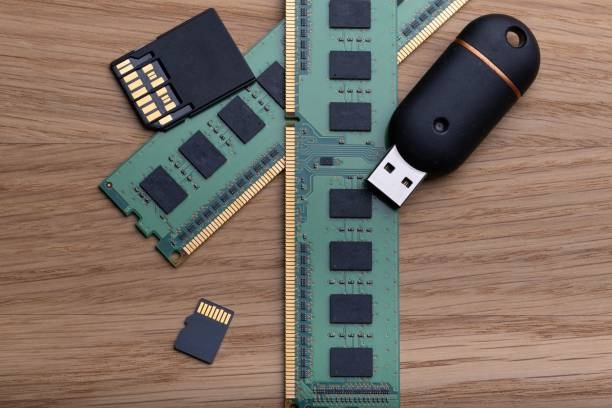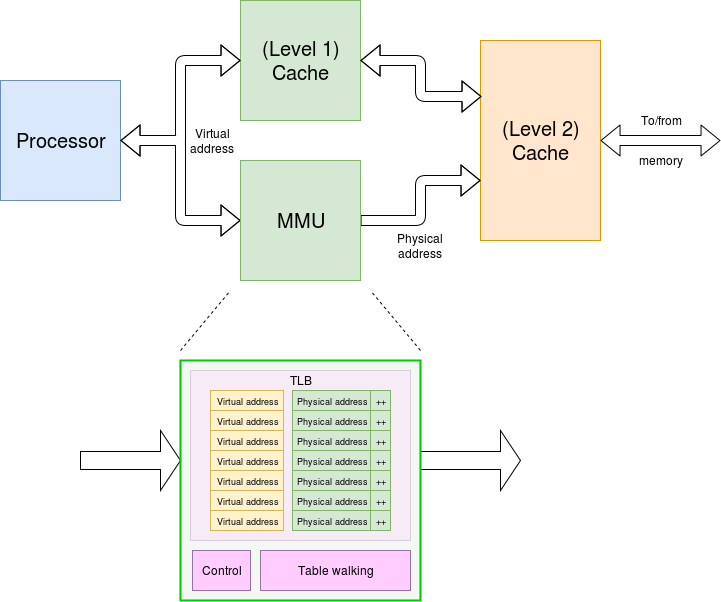01 How computers store information
Imagine if your memory only worked while you were awake. Every morning you would wake up with a blank mind and have to relearn everything before you could do anything. That was the problem early computers faced. When the power is turned off, ordinary chips forget everything they contained. Large personal computers addressed this with magnetic storage on hard drives, which retain data with or without power. Smaller, portable devices such as digital cameras and MP3 players require smaller, more portable memory. They use special chips called flash memory to store information persistently. Flash memory is sophisticated but complex. How does it work?
Computers process information in digital form. They do not interpret words and numbers the way humans do; instead they convert them into strings of zeros and ones called binary (sometimes called "binary code"). Inside a computer, the single letter "A" is stored as eight binary digits: 01000001. In fact, all basic keyboard characters (uppercase and lowercase letters A–Z, digits 0–9, and symbols) can be represented by different combinations of eight binary digits. The question mark (?) is stored as 00111111, the digit 7 as 00110111, and the left bracket ([) as 01011011. Nearly all computers use this code because it is a global standard called ASCII (American Standard Code for Information Interchange).
Computers can represent information as patterns of 0s and 1s, but how is that information actually stored in memory chips? An analogy helps. Suppose you stand some distance away and I want to send you a message using only eight flags. I can arrange the flags in a row and send each letter by raising or lowering specific flags. If we both understand ASCII, sending messages is straightforward: if I raise a flag you assume it represents 1; if I lower it you assume it represents 0. For example, when I display the following pattern:

you can read the binary number 00110111, which equals decimal 55 and corresponds to the ASCII character "7".
What does this have to do with memory? It shows that a set of flags, each of which can be in one of two states (up or down), can represent a character like "7". Computer memory is effectively a huge box containing billions of tiny two-state "flags". They are not literal flags but microscopic switches called transistors that can be on or off. Eight switches store characters like A, 7, or [. One transistor stores each binary digit (a bit). In most computers, eight bits form a byte. So when people say a computer has so many megabytes of memory, they mean it can store roughly millions of characters of information (mega means million; giga means billion).
02 What is flash memory?
Photo: a typical USB memory stick opened to reveal a flash memory chip (the large black rectangle on the right).
Ordinary transistors are electronic switches that are turned on or off by applying voltage. That is both their strength and their weakness. It is an advantage because a computer can store information by representing patterns of current in its circuits. It is a weakness because when power is removed, ordinary transistors revert to their default state and the computer loses whatever was stored. That is why this volatile storage is called random access memory (RAM). There is another type called read-only memory (ROM) that does not suffer from this problem: ROM chips are programmed during manufacturing, so they retain their contents whether power is on or off, but their contents cannot be rewritten later. Systems mix different types of memory for different purposes: things that must be remembered permanently, such as the initial boot instructions, are stored in ROM; temporary workspace is provided by RAM; and long-term data is kept on hard drives, which are slower to read and write than memory chips.
In small gadgets like digital cameras and some MP3 players, flash memory replaces hard drives. Flash has certain characteristics of both ROM and RAM: like ROM it retains information when power is removed, and like RAM it can be erased and rewritten many times.
Photo: Apple iPod then and now. The older white model on the left uses a 20 GB hard drive. The newer black model on the right uses 32 GB of flash memory, making it lighter, thinner, more robust against drops, and more power-efficient.
03 How flash works — a simple explanation
Typical SD card used in digital cameras
Flash uses a different kind of transistor that can remain charged (or uncharged) even when power is removed. A standard transistor has three connections (terminals): source, drain, and gate. Imagine the transistor as a pipe through which current flows like water. One end, the source, is like a tap where water enters; the other end, the drain, is where water exits. Between source and drain there is a gate that controls flow. When the gate is closed, no current flows and the transistor is off, storing a zero; when the gate is open, current flows and the transistor is on, storing a one. But when power is removed the transistor returns to a default state and "forgets" whether it was previously on or off.
Flash transistors are different because they have a second gate above the first one, known as a floating gate. When the gate is opened during programming, some electrons leak through and get trapped between the control gate and the floating gate. Even after power is removed, those electrons remain on the floating gate. If you later apply power, the stored charge on the floating gate prevents current from flowing, so the transistor represents a zero; if the charge is removed, current can flow and the transistor represents a one. This is how flash transistors retain information without power.
04 How flash works — a more detailed explanation
This is a highly simplified account of a very complex device.
Flash transistors resemble MOSFETs but with two gates instead of one. The internal structure is like an npn sandwich with two gates on top: a control gate and a floating gate. The gates are separated by oxide layers that normally block current:

How do we use this to store data? The source and drain regions contain many electrons (they are made of n-type silicon), but electrons cannot flow from source to drain because a p-type region between them lacks free electrons. If positive voltages are applied to lines connected to the transistor (often called bitline and wordline), electrons are pulled from the source toward the drain. Some electrons manage to pass through the oxide layer by a process called tunneling and become trapped on the floating gate:

Even after the positive voltages are removed and the circuit is powered down, the electrons remain trapped on the floating gate indefinitely. If you try to make current flow from source to drain, the trapped electrons prevent it, so the transistor represents a zero. Applying a negative voltage to the control gate can remove the electrons from the floating gate, repelling them back toward their origin, clearing the floating gate and allowing current to flow again; in that state the transistor represents a one. This is the basic mechanism by which flash stores information.
05 How long does flash last?
Flash memory eventually wears out because the floating gate becomes less effective after many program/erase cycles. A commonly cited figure is that flash begins to degrade after about 10,000 write/erase cycles, but that number can be misleading. According to an Intel patent by Steven Wells from the 1990s, while switching time may begin to increase after roughly 10,000 cycles, it may require around 100,000 cycles before longer switching times affect system operation. Whether the practical limit is 10,000 or 100,000 cycles, that is usually acceptable for USB sticks or SD cards used occasionally, but it can be inadequate for primary storage in devices used daily for many years. One common mitigation is wear leveling implemented by the operating system or storage controller to ensure that erase/write cycles are distributed across different cells, so no single cell is erased excessively. Modern systems can also map around failed portions of flash memory similar to how hard drives handle bad sectors, so the effective usable lifetime of flash drives is much higher in practice—typically ranging from tens of thousands to hundreds of thousands of cycles. High-end flash devices have demonstrated endurance of 100 million cycles or more.
 ALLPCB
ALLPCB







